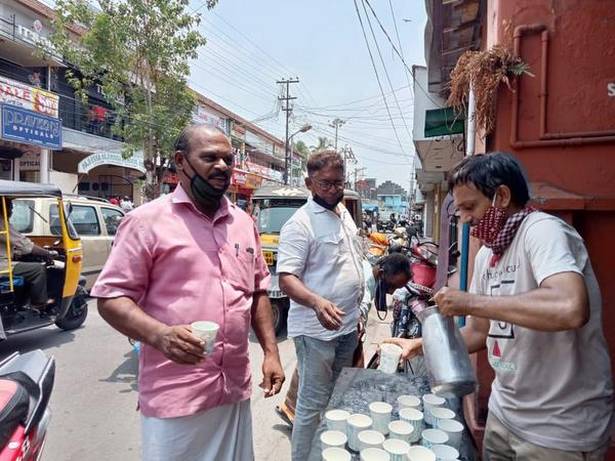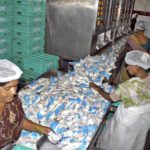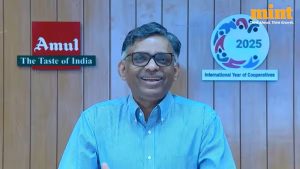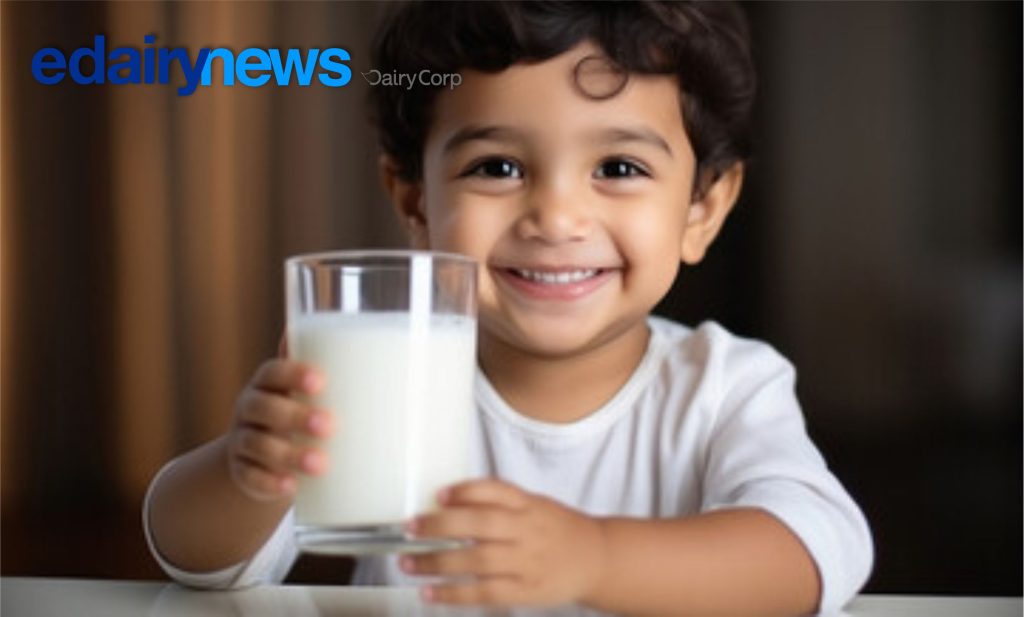
“We served 700 glasses of buttermilk. One person who loved it drank six glasses,” laughs Deepak Pujara, who along with his wife Jasmin was offering glasses of this refreshing drink to voters exiting a polling booth in Kochi, Kerala, on April 6.
Their counter was called — Cast Your Vote and Quench Your Thirst. This has nothing to do with politics, says Deepak, who has been serving buttermilk to the public on various occasions. “It is home-made, and since it is not spicy it is good for children too,” he adds. Deepak uses 20 litres of curd and five litres of mineral water to make the drink.
Reliable drink
Come summer, and this traditional fermented drink comes to the fore in one form or the other. Known as chaas in the North, moru in Tamil Nadu, sambharam in Kerala, and majjiga in Andhra Pradesh, it is known for its probiotic qualities. During the pandemic, a turmeric and mint version of the sambharam has been in vogue as an immunity drink.
Whenever he drives from Bengaluru airport to his factory, a three-hour drive, businessman Abraham J Tharakan relies on buttermilk. His driver has standing instructions to purchase the ₹5 pouches. Abraham says they are refreshing, tasty and a succour in the summer heat. He also carries a pair of scissors with him to cut open the pouch.
There are two common methods of making buttermilk. Traditionally, this was the milky liquid that separated when cream was churned during the making of butter. In unpasteurised milk, naturally-occurring bacteria ferments some of the milk sugars and gives buttermilk its distinctive sour taste. The modern, and quicker, method to make buttermilk is by diluting curd.
Mrutyunjaya Kulkarni, Director-Marketing, Karnataka Cooperative Milk Producers’ Federation Limited (KMF), speaks of retailing eight to nine lakh pouches (200ml) at ₹7 daily during summer. “By packaging it in pouches, we keep the price low so that the common man can afford it. Our brand Nandini is a household name in Karnataka,” he says, adding that consistency and taste has to be maintained. “It’s made using fresh pure milk curd and is mildly spiced.”
Common fixture
Varinderjeet Sidhu recalls the traditional method practised in her village Ramnagar in Patiala district, and across Punjab. “In most Punjabi households, the hara was a kind of furnace outside the kitchen. Cow dung cakes were used as fuel. Milk in a clay pot was left to thicken on a very slow fire through the day. It would turn pinkish by evening and set as curd,” she recalls.
The next morning, women would pour the curd in a matka or churning pot, and using a rope tied to a wooden stick would move the churner in a to-and-fro motion till the butter separated. This would rise to the top in clumps, leaving a low-fat protein-rich watery liquid behind. “This is the buttermilk in Punjab. It’s different from lassi which is made from diluting curd,” says Varinderjeet, adding that the process of churning butter “is meditative”.
“Most women said the Japji Sahib (a Sikh prayer) during the process. Every household drank buttermilk with, or after, lunch,” she says.
Rupa Asher describes the process of making buttermilk as “easy”. She tempers a little cumin, mustard, crushed curry leaves, ginger bits and asafoetida in hot ghee. To this, she adds a little water and salt. Once it cools, Rupa adds the diluted curd. “Chaas is had daily; it aids in digestion,” she says. Rupa also mentions the subtle difference between a Kutchi and a Halai buttermilk; the latter is thicker, she says.
Nutritionist Gayathri Asokan says that the probiotic qualities of buttermilk are significant, and it is what makes it a nutritious drink too. “It has a cooling effect on the body,” says Gayathri, as she recalls her grandmother’s cows, the kitchen with earthen pots and the process of making butter and buttermilk. “That tasted very different from today’s drink, which is made from packeted milk,” she adds.
In Kerala, sambharam is made from sour curd and is seasoned with ginger, curry leaves, green chilies and shallots. Thrissur-based cheese maker Anu Joseph uses buttermilk to make her waffles and pancakes fluffy. It is also her secret ingredient in batter-fried chicken, okra and calamari. She sometimes sweetens the buttermilk, and during the mango season flavours it with the king of fruits.
Now available in new versions, as brands and stylishly packaged in different flavours, the good old buttermilk remains a summer favourite.
On a growth curve
Per a Research and Markets forecast report on Buttermilk Market in India: “…the Indian buttermilk market exhibited strong growth during 2015-2020. Looking forward, the buttermilk market in India is expected to grow at a CAGR (Compound Annual Growth Rate) of 22.4% during the forecast period (2021-2026).”

















